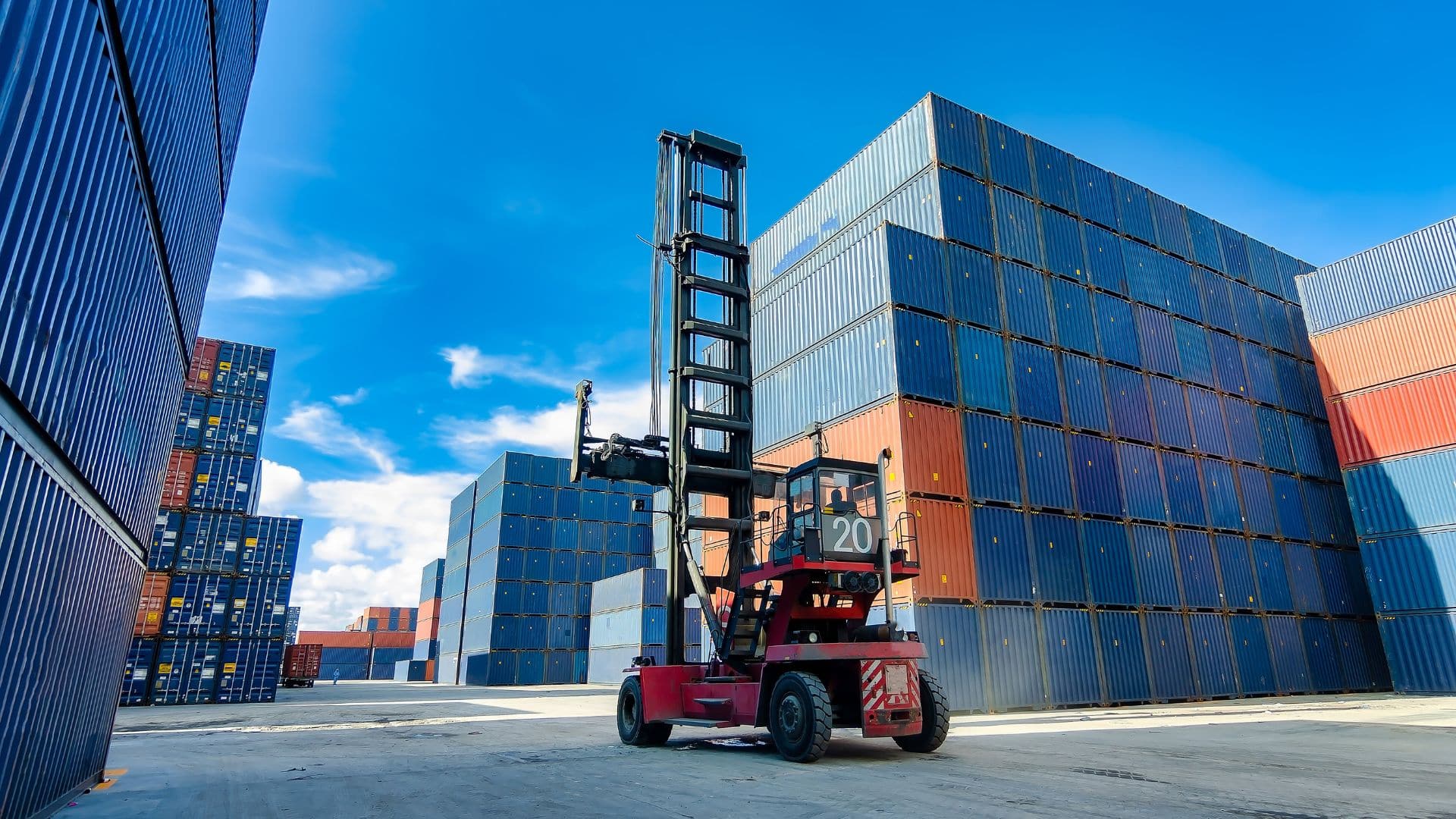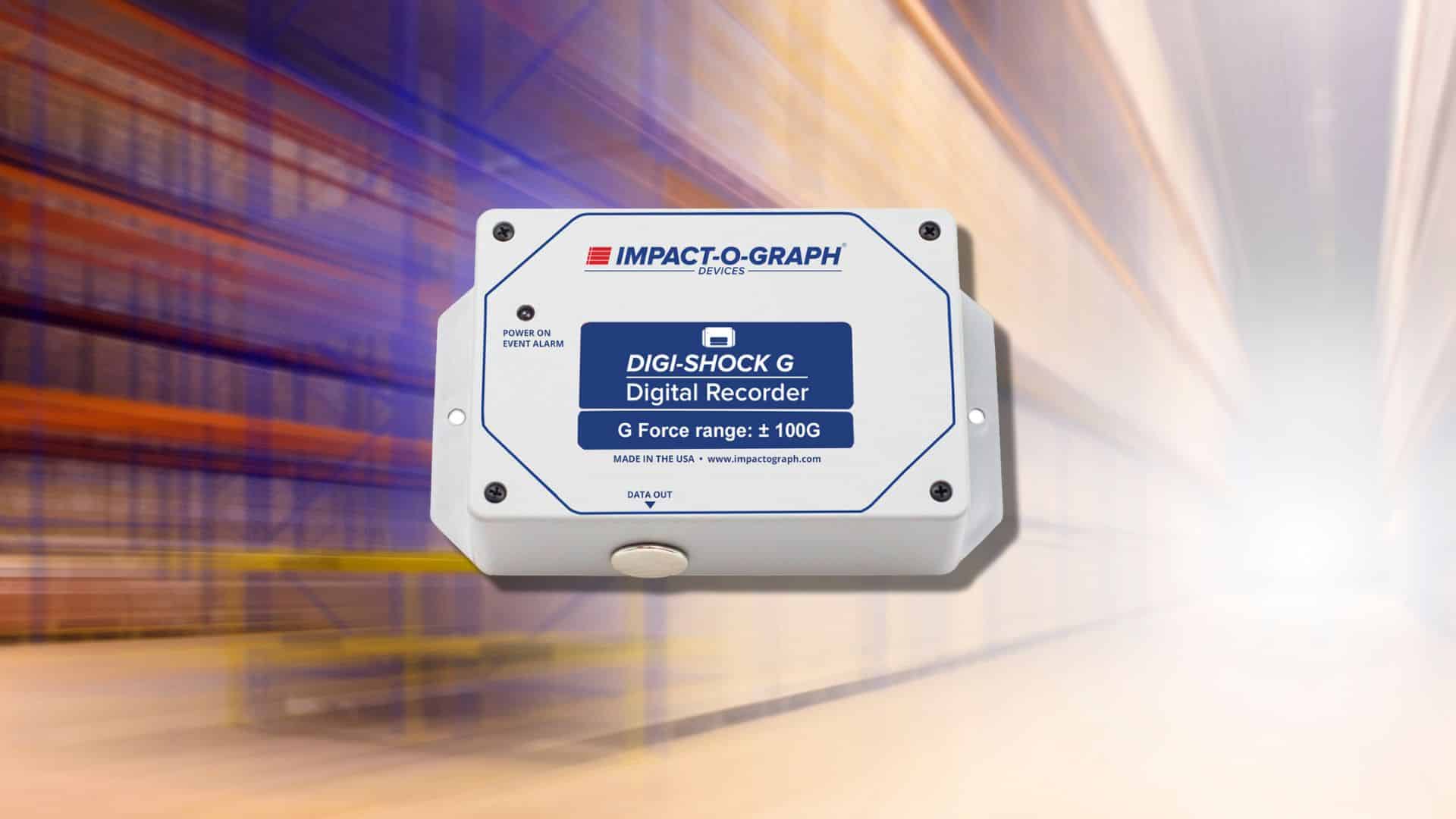Most shippers view ISTA 6-Series or Amazon’s SIOC testing as an administrative step — the last gate before a product enters distribution. But in reality, these standards were never just about compliance; they were designed as a scientific framework for understanding how goods behave under the mechanical stress of transport. They model the shocks, vibrations, and compressions that define the modern logistics network.
If you stop there — with the lab certificate — you’re missing the real opportunity. The smartest manufacturers now treat these standards as part of a continuous feedback system, combining lab simulation with real-world shipment data. The goal isn’t simply to prove packaging survives a test. It’s to measure how it performs under the true conditions of global movement, where temperature swings, handling practices, and route variability introduce forces no lab can perfectly replicate.
Where IOG Changes the Equation
This is the point where Impact-O-Graph (IOG) becomes more than a hardware supplier. Its devices — from simple shock indicators to advanced Digi-Shock impact recorders — act as the field extension of ISTA testing. They don’t replace laboratory validation; they complete it.
An IOG sensor rides along with the shipment, collecting the same types of data ISTA uses to qualify packaging: acceleration, vibration frequency, impact magnitude, tilt, orientation, even temperature variation. But this time, the readings come from actual logistics operations — forklifts, air turbulence, cross-dock transfers, regional roads.
When packaging engineers overlay IOG field data onto their lab test profiles, they discover the truth about performance. A package that passed the drop test might still fail under long-duration vibration at specific frequencies. A corner crush that looked insignificant in simulation could align with a real-world pallet shock pattern. These insights aren’t theoretical — they’re empirical, drawn from movement through the exact networks the product uses.
From Damage Reaction to Risk Prediction
This loop — test → monitor → redesign → retest — is how damage prevention becomes measurable. IOG’s devices provide the evidence that turns packaging optimization into an engineering discipline instead of an art form.
- If impact spikes cluster at a specific transfer hub, the issue is handling.
- If vibration intensity builds steadily along a trucking corridor, the packaging material or internal cushioning needs rethinking.
- If multiple sensors across a batch show identical stress peaks, you’ve isolated a systemic risk.
This isn’t abstract data. It feeds directly into packaging redesign, freight-routing decisions, and insurance negotiations. Over time, it lets companies predict where failure is likely to occur before it happens.

The Broader Shift to Ensure Shipment Protection
What’s happening now is a philosophical change in logistics. Compliance used to be about proving adequacy; now it’s about demonstrating control. Retailers, insurers, and enterprise buyers increasingly expect evidence that packaging systems are data-validated — not merely tested once in a lab.
By integrating ISTA methodology with IOG’s continuous sensing, manufacturers build that evidence automatically. They reduce claims not by hoping shipments go well but by knowing which forces cause damage and adjusting proactively.
And that’s the real point: standards like ISTA 6 and SIOC aren’t bureaucratic barriers — they’re the starting code for a smarter, self-learning logistics ecosystem. IOG’s technology supplies the missing data layer that makes it work.
Because damage prevention isn’t about tougher boxes. It’s about smarter proof.

